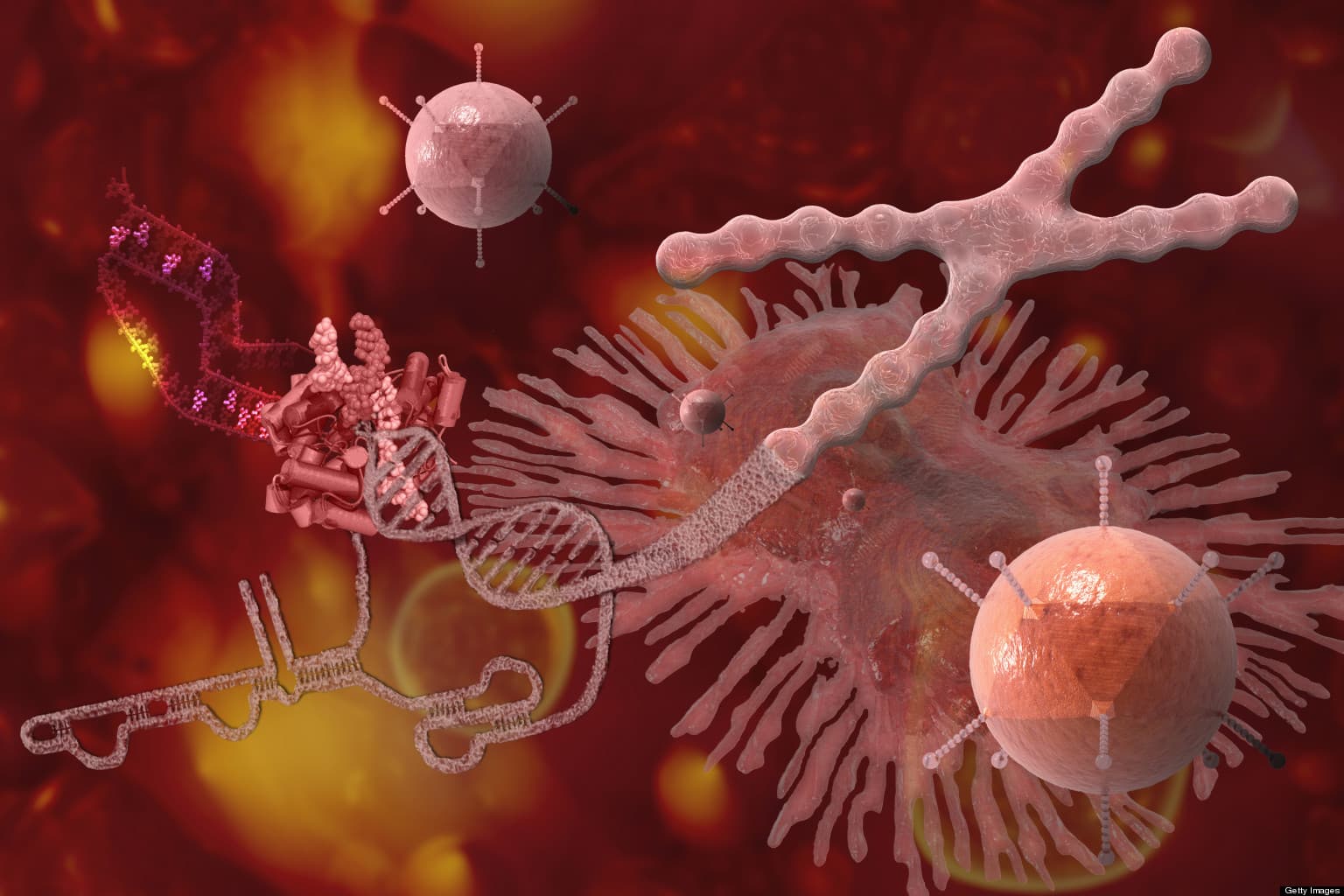From terrorists to tumors
There are many ways to detect cancer. Typically, X-rays and CT scans are used, while the more exotic and experimental forms of detection use blood samples or urine samples. A great majority need some form of prodding or probing for them to work, and other methods are harmful or require long periods of time. How long before the dreams of science fiction, where doctors only need a handheld scanner for diagnosis, are fulfilled?
Well, they may be not that far off, actually. Stanford electrical engineers are closer to the medical tricorder of Star Trek fame, thanks to experiments related to a device that can detect cancerous tumours without touching any surface of the body.
It does this by shooting microwaves at the target area, and sensing for specific ultrasound waves generated by the expansion and contraction of a possible tumour.
The research grew out of a DARPA initiative for devices that can spot IEDs buried underground without touching the surface of the ground, which could possibly detonate the IED.
The concept goes like this: The microwaves would heat the suspect area, causing the muddy ground to expand and thus squeeze the plastic explosive. These contractions would generate a series of ultrasound waves that could be detected and interpreted to disclose the presence of buried plastic explosives.
Detecting cancer
The thing with cancerous tumours is that they grow additional blood vessels around themselves to draw in extra nutrition and grow even bigger. Blood vessels absorb heat differently than surrounding tissue, so tumors should show up as ultrasound hotspots.
To test the device, the team used brief microwave pulses to heat a flesh-like material that had been implanted with a sample "target." Holding the device from about a foot away, the material was heated by a mere thousandth of a degree.
But even this slight heating caused the material to expand and contract – which, in turn, created ultrasound waves that the researchers were able to detect, all without touching the "flesh".
The research is detailed in Applied Physics Letters.
Share This Article
